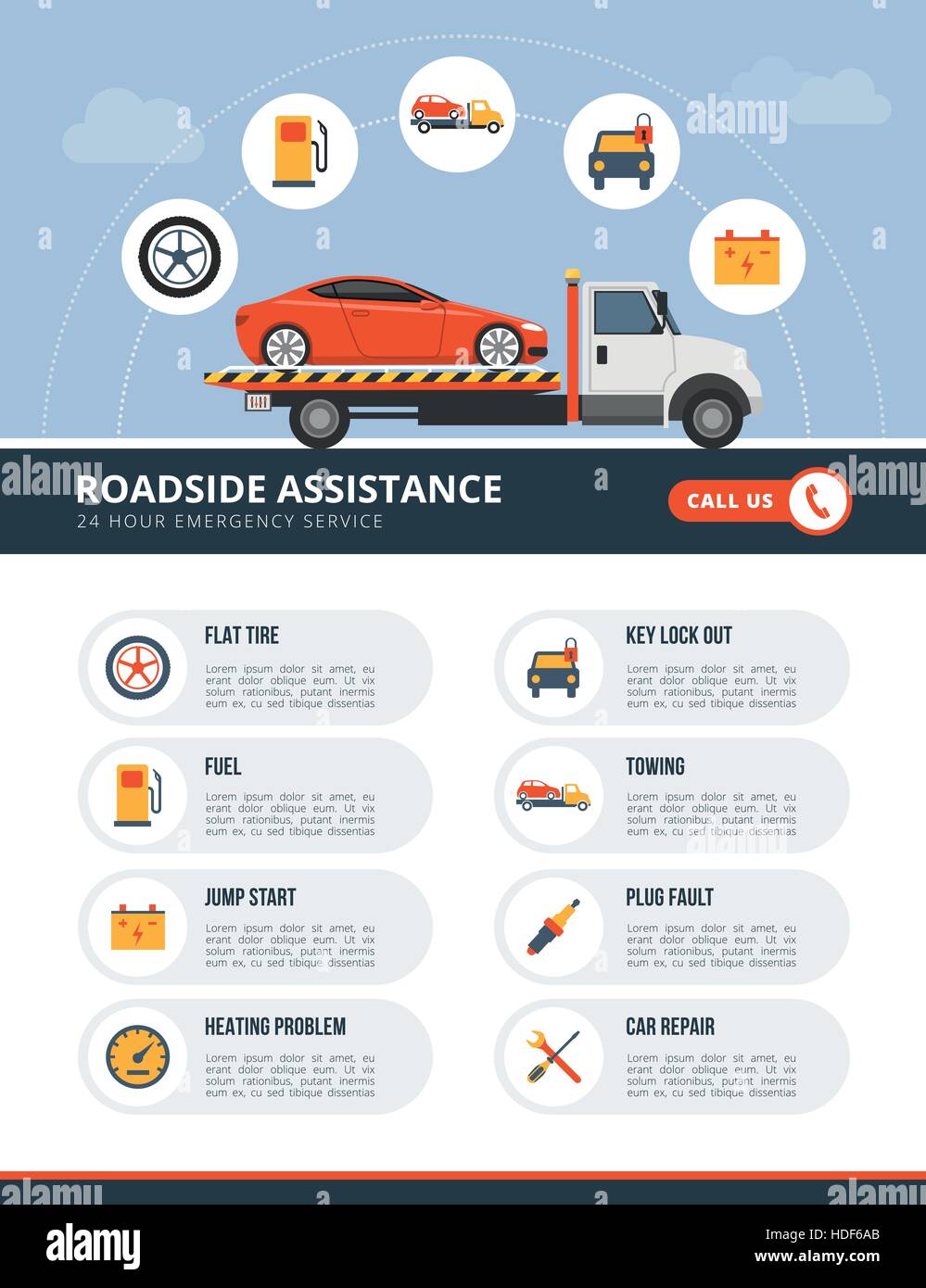Deciphering The True Definition Behind Your Auto'S Warning Lights
Deciphering The True Definition Behind Your Auto'S Warning Lights
Blog Article
Material By-Kane Crawford
When you lag the wheel, those glowing warning lights on your control panel can be a little bit puzzling. Do you understand what they're trying to inform you regarding your automobile's wellness? Comprehending the relevance of these lights is essential for your safety and the longevity of your lorry. So, the following time among those lights appears, wouldn't you want to analyze its message accurately and take the required steps to address it?
Common Caution Lighting and Interpretations
Recognize usual warning lights in your cars and truck and comprehend their significances to make certain risk-free driving.
The most common caution lights consist of the check engine light, which signifies issues with the engine or exhausts system. If this light comes on, it's important to have your vehicle examined immediately.
The oil stress alerting light suggests low oil pressure, needing prompt attention to avoid engine damages.
A blinking battery light could suggest a damaged billing system, potentially leaving you stranded otherwise resolved.
The tire stress surveillance system (TPMS) light notifies you to reduced tire pressure, affecting lorry security and fuel efficiency. Disregarding this could cause harmful driving conditions.
The ABS light suggests an issue with the anti-lock stopping system, jeopardizing your capacity to stop promptly in emergency situations.
Last but not least, the coolant temperature cautioning light warns of engine overheating, which can cause extreme damages otherwise fixed quickly.
Comprehending these common caution lights will help you deal with problems quickly and preserve risk-free driving problems.
Significance of Prompt Interest
Comprehending the common caution lights in your cars and truck is just the very first step; the significance of without delay attending to these cautions can't be stressed sufficient to ensure your security when traveling.
When updated blog post illuminates on your dashboard, it's your car's means of communicating a possible problem that requires focus. Ignoring these cautions can cause a lot more serious problems down the road, compromising your security and possibly costing you much more in repairs.
Trigger attention to cautioning lights can protect against break downs and mishaps. For example, a blinking check engine light might indicate a misfire that, if left neglected, might cause damages to the catalytic converter. Resolving this immediately can save you from a pricey fixing.
In a similar way, a brake system alerting light may signify low brake fluid or used brake pads, important elements for your security when driving.
Do It Yourself Troubleshooting Tips
If you see a warning light on your dashboard, there are a few do it yourself troubleshooting pointers you can try prior to seeking specialist help.
The first step is to consult your car's handbook to comprehend what the specific warning light suggests. Often the concern can be as basic as a loosened gas cap triggering the check engine light. Tightening the gas cap might fix the issue.
An additional usual issue is a reduced battery, which can activate various warning lights. Inspecting the battery links for deterioration and guaranteeing they're secure could fix the trouble.
If a caution light continues, you can try resetting it by disconnecting the vehicle's battery for a few minutes and then reconnecting it. Additionally, checking your lorry's fluid levels, such as oil, coolant, and brake liquid, can help troubleshoot alerting lights related to these systems.
how much is a brake line repair
In conclusion, understanding your auto's warning lights is vital for maintaining your car running efficiently and safely. By immediately resolving these alerts and knowing what they indicate, you can avoid pricey repairs and potential malfunctions.
Remember to consult your automobile's handbook for specific information on each cautioning light and take action accordingly to ensure a trouble-free driving experience.
Remain informed, stay secure when traveling!
